Austin, Texas: The New Middle-Class Capital
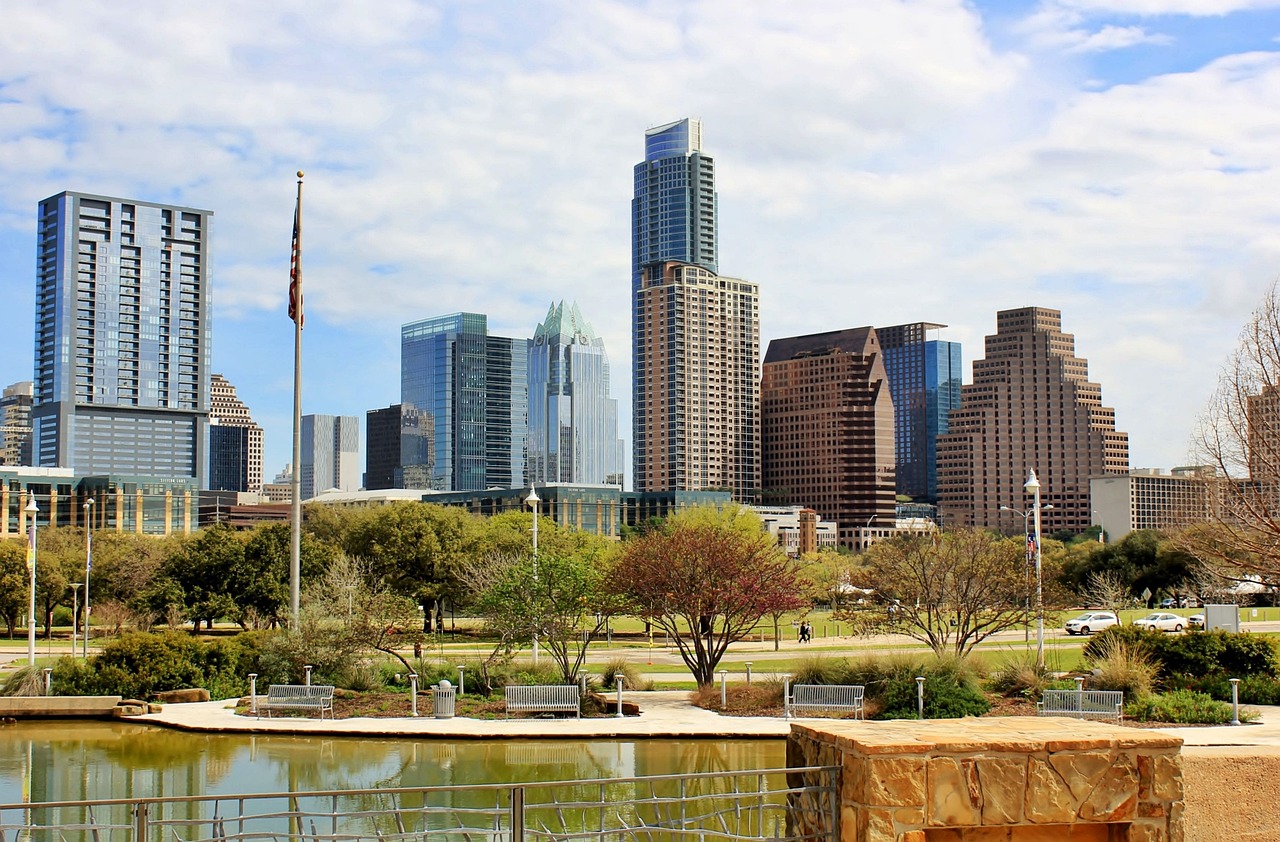
Austin has emerged as one of America’s most promising cities for middle-class growth, with median household income rising 23% between 2020 and 2024 according to the U.S. Census Bureau. The tech boom has created thousands of well-paying jobs, while the cost of living remains relatively affordable compared to Silicon Valley. Tesla’s Gigafactory and Apple’s $1 billion campus expansion have generated ripple effects throughout the local economy. Young professionals are flocking here not just for the jobs, but for the lifestyle—think food trucks, live music, and a house you can actually afford. The city’s unemployment rate sits at just 2.8%, well below the national average.
San Francisco Bay Area: Where Dreams Go to Die
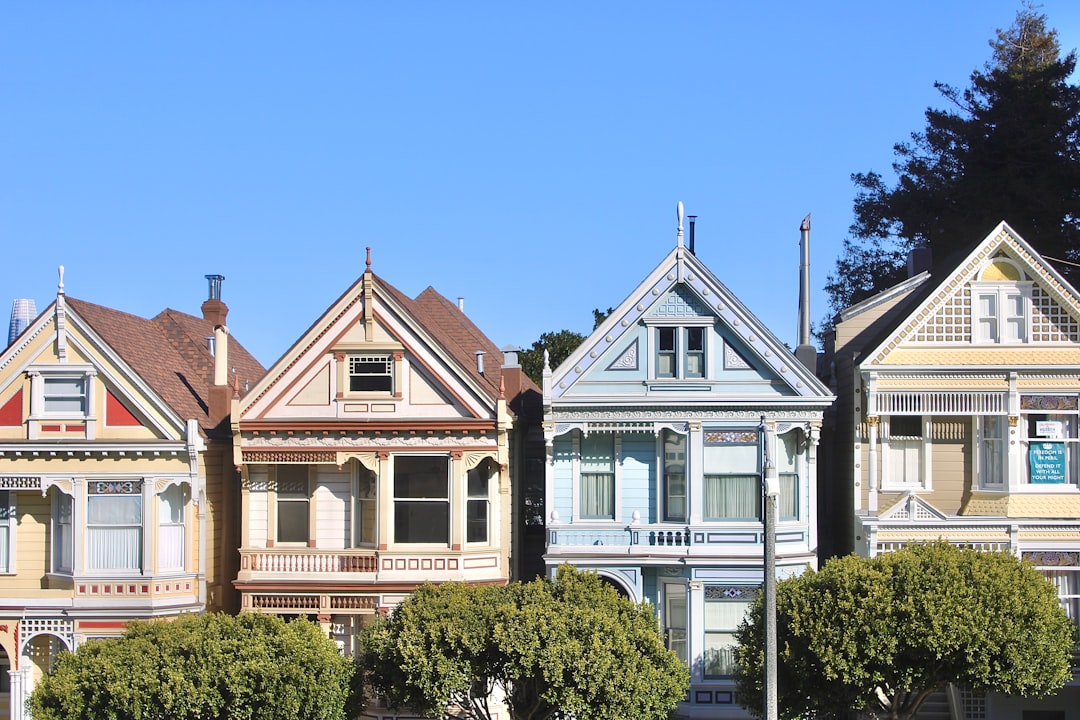
The Bay Area tells a different story entirely, one where even six-figure salaries can’t secure middle-class stability. According to a 2024 study by the Public Policy Institute of California, a family of four needs $104,000 annually just to meet basic needs in San Francisco. Housing costs consume 60% of median household income, forcing many families into a brutal choice between proximity to work and financial security. The region has lost 24% of its middle-class households since 2019, with many fleeing to more affordable states. Tech workers making $150,000 are living in shared apartments or commuting two hours each way—hardly the American Dream promised by innovation hubs.
Nashville, Tennessee: Music City’s Economic Harmony
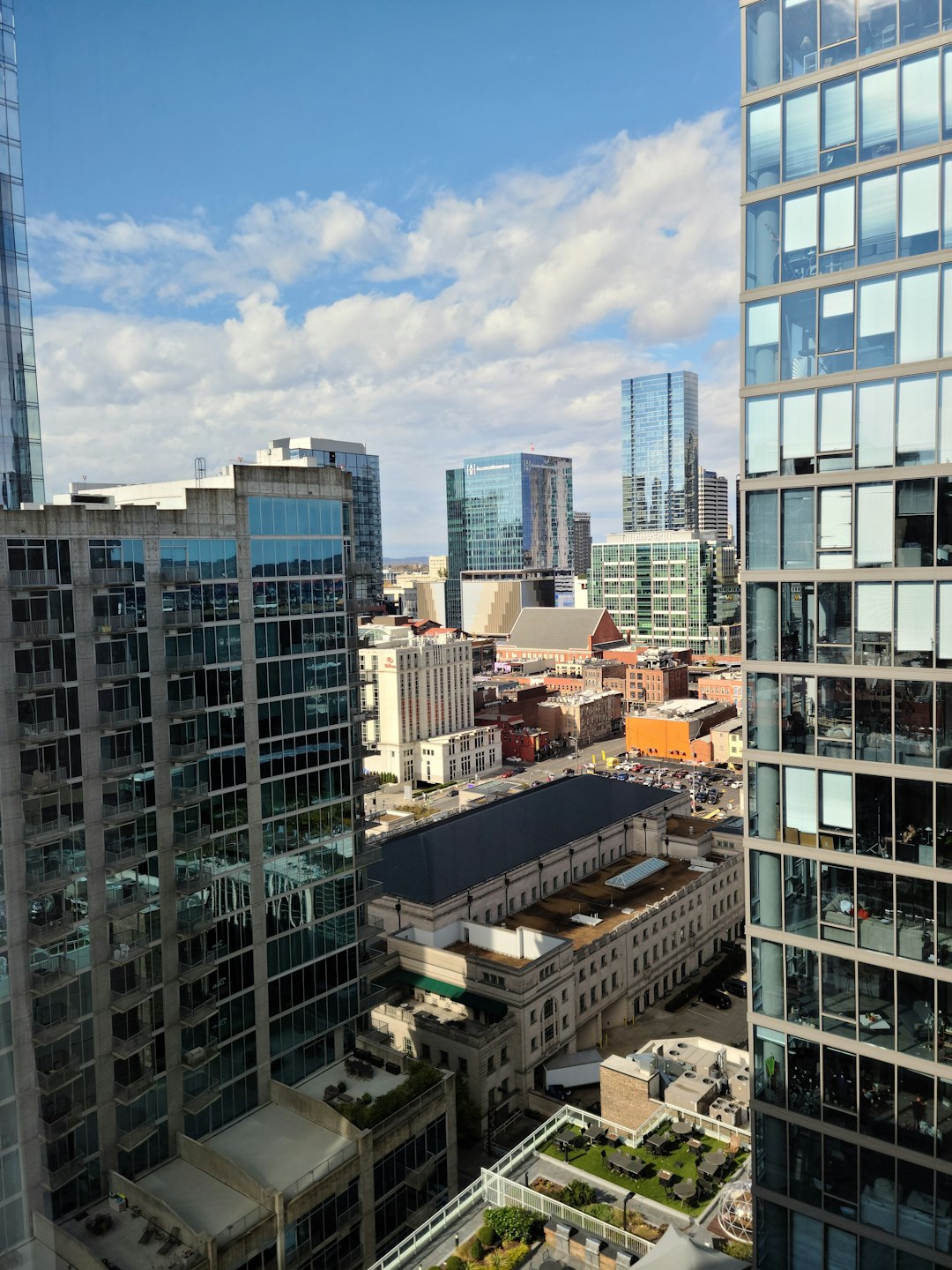
Nashville has struck the perfect chord for middle-class prosperity, combining job growth with reasonable living costs. The city added 47,000 new jobs in 2023 alone, spanning healthcare, finance, and entertainment sectors according to the Nashville Area Chamber of Commerce. Housing prices have increased, but they’re still 40% lower than comparable cities like Denver or Seattle. The absence of state income tax means families keep more of their paychecks, while the city’s cultural attractions provide quality of life that money can’t buy. Major corporations like Amazon and AllianceBernstein have established significant operations here, creating career ladders for middle-class advancement.
New York City: The Shrinking Middle Squeeze

New York City’s middle class is experiencing a slow-motion exodus that’s reshaping the city’s economic landscape. A 2024 report from the Center for New York City Affairs found that middle-income households (earning $50,000-$125,000) declined by 18% since 2020. The median rent for a one-bedroom apartment hit $3,400 in 2024, consuming nearly 70% of a middle-class salary before taxes. Essential workers like teachers, firefighters, and nurses are being priced out of the communities they serve. The city’s tax burden compounds the problem, with effective tax rates reaching 12.7% for middle-income earners when combining federal, state, and local obligations.
Phoenix, Arizona: Desert Bloom for Middle America

Phoenix has become an unlikely hero in the middle-class migration story, offering sunshine and economic opportunity in equal measure. The metropolitan area gained 58,000 new residents in 2023, with 70% citing job opportunities and housing affordability as primary factors according to Arizona State University’s Morrison Institute. Manufacturing jobs have returned as companies relocate from higher-cost states, while the median home price remains $150,000 below the national average. The city’s strategic location makes it a logistics hub, creating stable employment in warehousing and distribution. Water concerns remain, but innovative conservation efforts have stabilized supply while maintaining growth momentum.
Los Angeles: Hollywood Dreams, Economic Nightmares

Los Angeles presents a paradox where entertainment glamour masks middle-class struggles that rival those of any major city. The UCLA Anderson Forecast reported in 2024 that 40% of LA County residents are “house poor,” spending more than 30% of income on housing. Traffic congestion adds hidden costs, with the average commuter losing $2,400 annually in time and fuel according to the Texas A&M Transportation Institute. The entertainment industry’s feast-or-famine nature creates income volatility that makes traditional middle-class planning nearly impossible. Even established neighborhoods like Culver City and Burbank have seen median rents exceed $2,800 for modest two-bedroom apartments.
Raleigh-Durham, North Carolina: The Research Triangle’s Golden Formula

The Research Triangle has cracked the code on sustainable middle-class growth through its unique blend of universities, corporations, and government facilities. Duke University, NC State, and UNC Chapel Hill create a constant pipeline of educated workers, while companies like IBM, Cisco, and SAS provide career stability. The region added 35,000 high-skilled jobs in 2023, with average salaries 15% above the national median according to the North Carolina Department of Commerce. Housing costs remain manageable, with the median home price at $385,000 compared to $450,000 nationally. The area’s mild climate and cultural amenities make it attractive to both young professionals and families.
Detroit, Michigan: The Comeback Kid’s Mixed Results

Detroit’s recovery story offers hope and caution in equal measure, with pockets of middle-class growth amid ongoing challenges. Downtown and midtown neighborhoods have seen remarkable revitalization, with companies like Quicken Loans and General Motors expanding their presence. However, the broader metropolitan area tells a more complex story, with median household income still 20% below pre-2008 levels according to the Federal Reserve Bank of Chicago. Property taxes remain high relative to home values, creating affordability issues even in recovering neighborhoods. The city’s future depends on whether current momentum can spread beyond the urban core to benefit working families throughout the region.
Seattle, Washington: Tech Boom, Middle-Class Bust
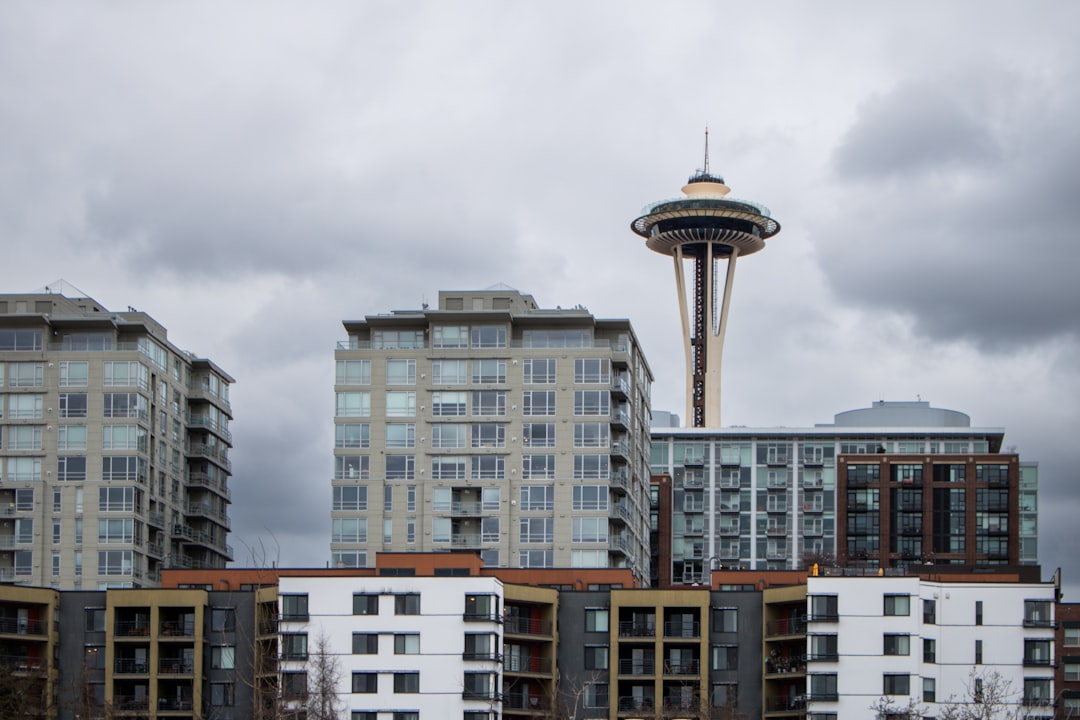
Seattle’s transformation from coffee culture to tech powerhouse has created a two-tier economy that’s squeezing out the middle class. Amazon’s continued expansion has pushed median home prices to $850,000, while service sector wages haven’t kept pace with housing costs. A 2024 study by the Seattle Times found that teachers, police officers, and healthcare workers increasingly commute from distant suburbs, creating staffing challenges for essential services. The city’s progressive policies, including high minimum wages, haven’t translated into middle-class stability for most residents. Even skilled professionals in non-tech fields find themselves priced out of neighborhoods their salaries once made accessible.
Tampa, Florida: Sunshine State Success Story
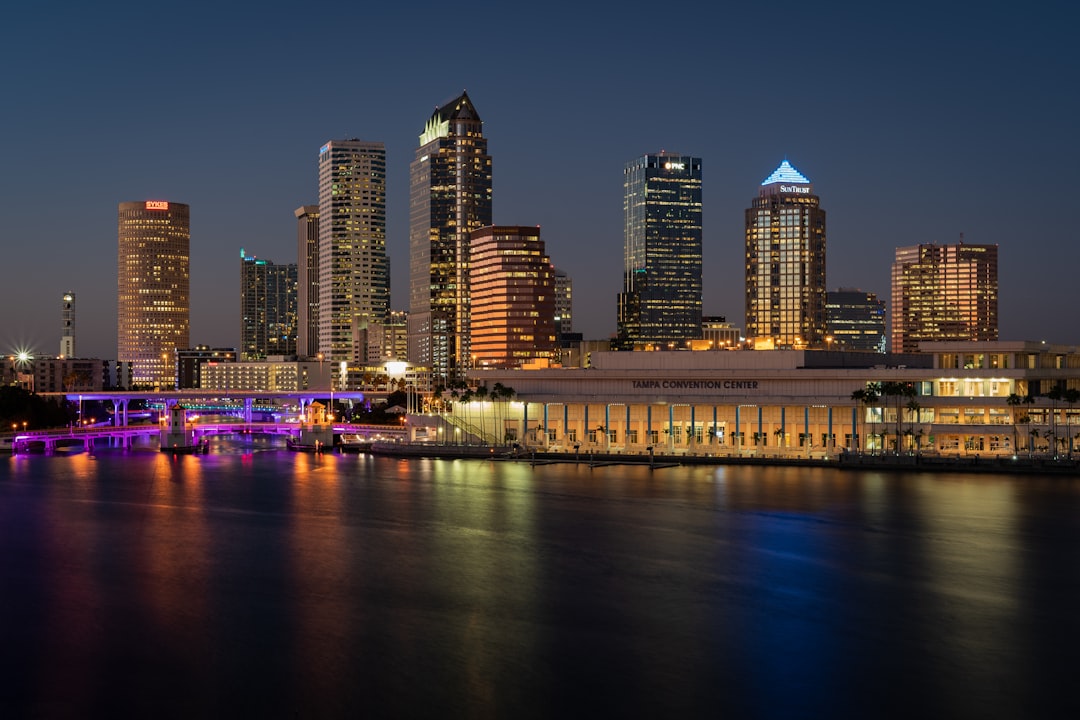
Tampa Bay has emerged as a middle-class magnet, combining job growth with lifestyle advantages that keep families rooted in their communities. The region added 42,000 jobs in 2023, with particular strength in healthcare, finance, and logistics according to the Tampa Bay Partnership. Florida’s lack of state income tax provides immediate relief for middle-class budgets, while housing costs remain 25% below national averages. The area’s universities and research institutions create innovation clusters that support career advancement. Year-round outdoor recreation and cultural amenities provide quality of life that extends beyond economic metrics.
Denver, Colorado: Mile High Costs, Middle Class Lows
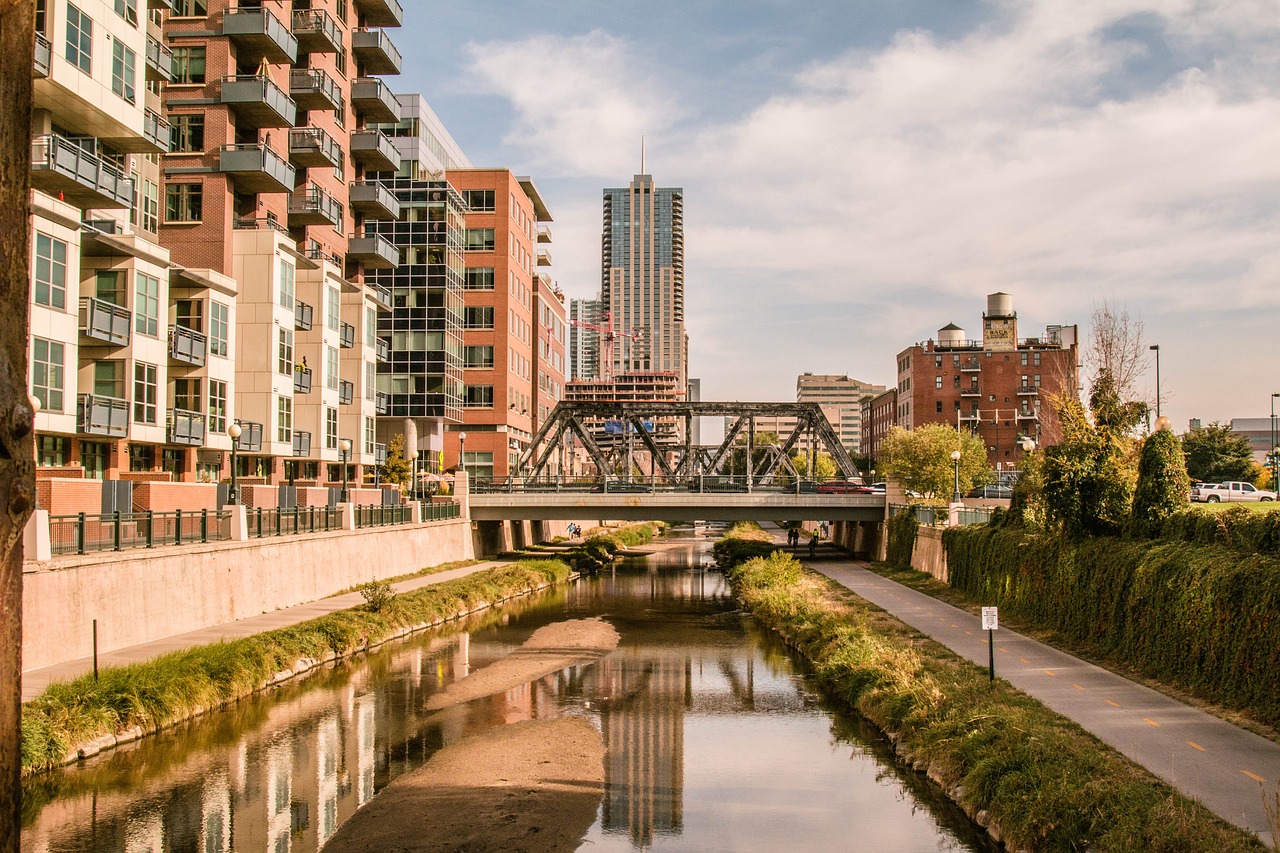
Denver’s appeal as an outdoor paradise has created its own middle-class crisis, with housing costs soaring as wages struggle to keep pace. The median home price jumped 35% between 2020 and 2024, reaching $625,000 according to the Colorado Association of Realtors. Young professionals are increasingly choosing between mountain access and financial stability, with many opting for longer commutes from cheaper suburbs. The legal cannabis industry has created some middle-class opportunities, but tourism and service jobs don’t pay enough to afford local housing. Colorado’s overall tax burden ranks among the highest in the nation, further pressuring middle-class budgets.
Charleston, South Carolina: Southern Charm, Economic Opportunity

Charleston has balanced historic preservation with economic growth, creating a model for middle-class prosperity in smaller cities. The port expansion has generated thousands of logistics jobs, while the city’s tech sector has grown 45% since 2020 according to the Charleston Regional Development Alliance. Tourism provides service sector employment, but unlike many tourist destinations, Charleston has maintained diverse economic bases. Housing costs have risen but remain affordable compared to coastal cities of similar appeal. The city’s investment in infrastructure and education creates long-term foundations for middle-class stability rather than boom-bust cycles.
Las Vegas, Nevada: Beyond the Strip’s Economic Reality

Las Vegas has diversified far beyond gambling and entertainment, creating unexpected opportunities for middle-class growth. The city attracted major corporations like Tesla and Switch, while maintaining its traditional hospitality sector jobs. Nevada’s business-friendly climate and absence of state income tax provide advantages for both employers and workers. However, water scarcity and extreme heat create long-term challenges that could impact growth sustainability. The housing market remains volatile, with prices swinging dramatically based on migration patterns and economic cycles, making long-term planning difficult for middle-class families.
The Data Behind the Shift
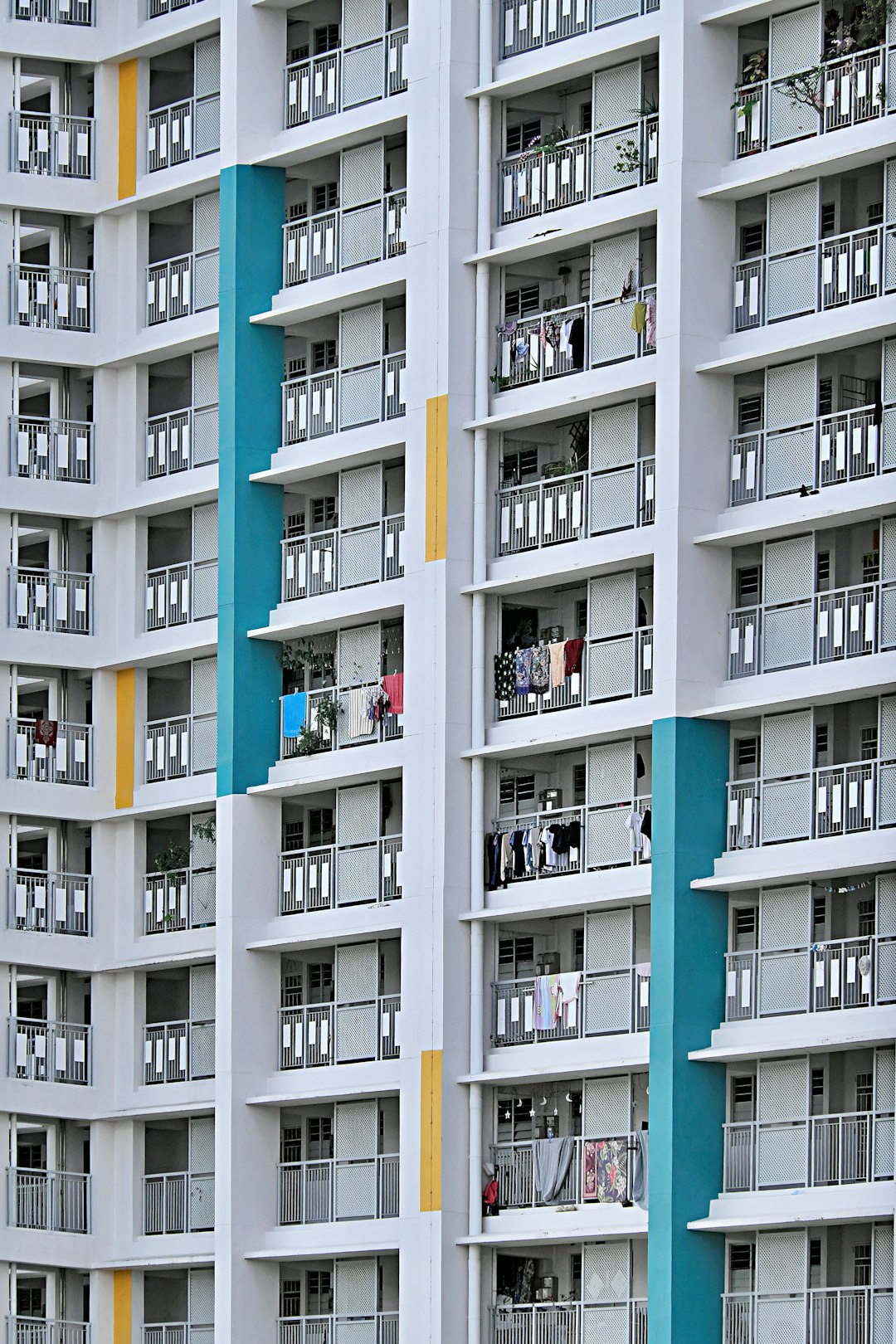
Federal Reserve data from 2024 reveals that middle-class households (defined as earning between $50,000 and $125,000 annually) now represent just 43% of American families, down from 52% in 2000. Geographic concentration tells the story: 15 metropolitan areas account for 60% of middle-class job growth, while 25 cities have lost more than 20% of their middle-class households. The Brookings Institution found that housing costs exceeding 30% of income affect 38% of middle-class families nationally, but reach 65% in high-cost metropolitan areas. These statistics underscore how location increasingly determines middle-class viability in modern America.
What These Patterns Mean for America’s Future

The geographic sorting of America’s middle class reflects deeper economic forces that will shape the country’s future. Cities that balance job creation with affordable living costs are becoming magnets for families seeking stability and opportunity. Meanwhile, traditional economic centers risk losing the workers who make communities function—teachers, healthcare workers, and skilled tradespeople. The implications extend beyond individual families to include workforce shortages in high-cost areas and infrastructure challenges in rapidly growing regions. As remote work continues reshaping employment patterns, the middle class may have more geographic options than ever before, potentially accelerating these trends.
Did you expect that geography would play such a decisive role in determining middle-class success?



